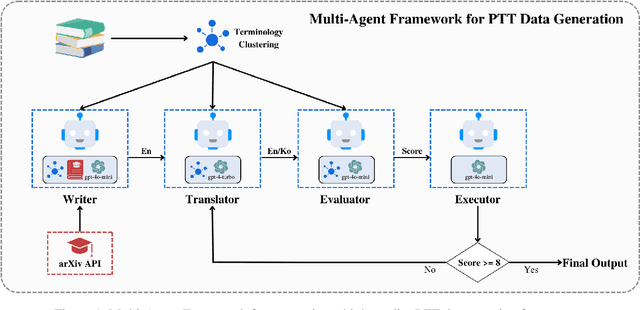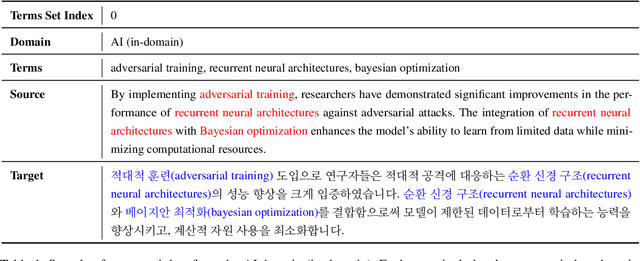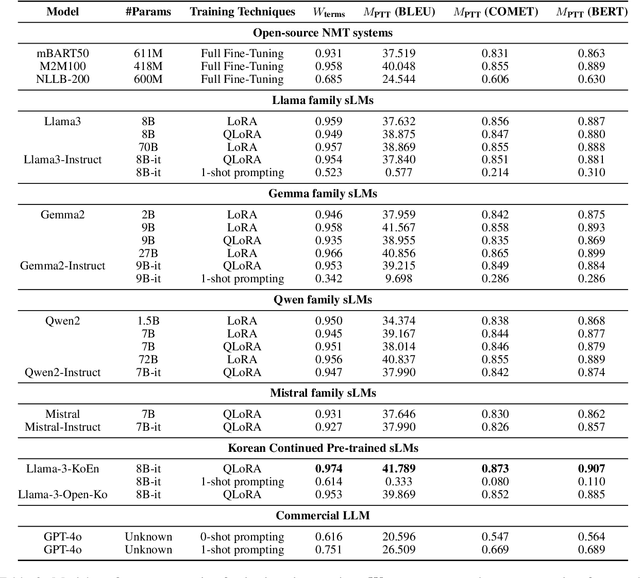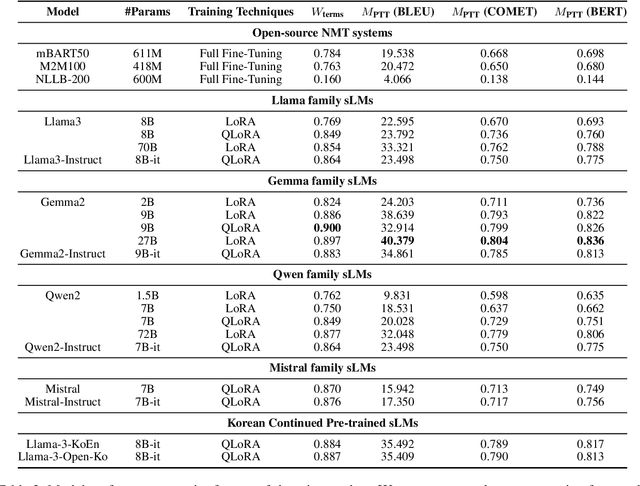Jiyoon Myung
HyST: LLM-Powered Hybrid Retrieval over Semi-Structured Tabular Data
Aug 25, 2025Abstract:User queries in real-world recommendation systems often combine structured constraints (e.g., category, attributes) with unstructured preferences (e.g., product descriptions or reviews). We introduce HyST (Hybrid retrieval over Semi-structured Tabular data), a hybrid retrieval framework that combines LLM-powered structured filtering with semantic embedding search to support complex information needs over semi-structured tabular data. HyST extracts attribute-level constraints from natural language using large language models (LLMs) and applies them as metadata filters, while processing the remaining unstructured query components via embedding-based retrieval. Experiments on a semi-structured benchmark show that HyST consistently outperforms tradtional baselines, highlighting the importance of structured filtering in improving retrieval precision, offering a scalable and accurate solution for real-world user queries.
Efficient Technical Term Translation: A Knowledge Distillation Approach for Parenthetical Terminology Translation
Oct 01, 2024



Abstract:This paper addresses the challenge of accurately translating technical terms, which are crucial for clear communication in specialized fields. We introduce the Parenthetical Terminology Translation (PTT) task, designed to mitigate potential inaccuracies by displaying the original term in parentheses alongside its translation. To implement this approach, we generated a representative PTT dataset using a collaborative approach with large language models and applied knowledge distillation to fine-tune traditional Neural Machine Translation (NMT) models and small-sized Large Language Models (sLMs). Additionally, we developed a novel evaluation metric to assess both overall translation accuracy and the correct parenthetical presentation of terms. Our findings indicate that sLMs did not consistently outperform NMT models, with fine-tuning proving more effective than few-shot prompting, particularly in models with continued pre-training in the target language. These insights contribute to the advancement of more reliable terminology translation methodologies.
Inpaint Biases: A Pathway to Accurate and Unbiased Image Generation
May 29, 2024Abstract:This paper examines the limitations of advanced text-to-image models in accurately rendering unconventional concepts which are scarcely represented or absent in their training datasets. We identify how these limitations not only confine the creative potential of these models but also pose risks of reinforcing stereotypes. To address these challenges, we introduce the Inpaint Biases framework, which employs user-defined masks and inpainting techniques to enhance the accuracy of image generation, particularly for novel or inaccurately rendered objects. Through experimental validation, we demonstrate how this framework significantly improves the fidelity of generated images to the user's intent, thereby expanding the models' creative capabilities and mitigating the risk of perpetuating biases. Our study contributes to the advancement of text-to-image models as unbiased, versatile tools for creative expression.
 Add to Chrome
Add to Chrome Add to Firefox
Add to Firefox Add to Edge
Add to Edge